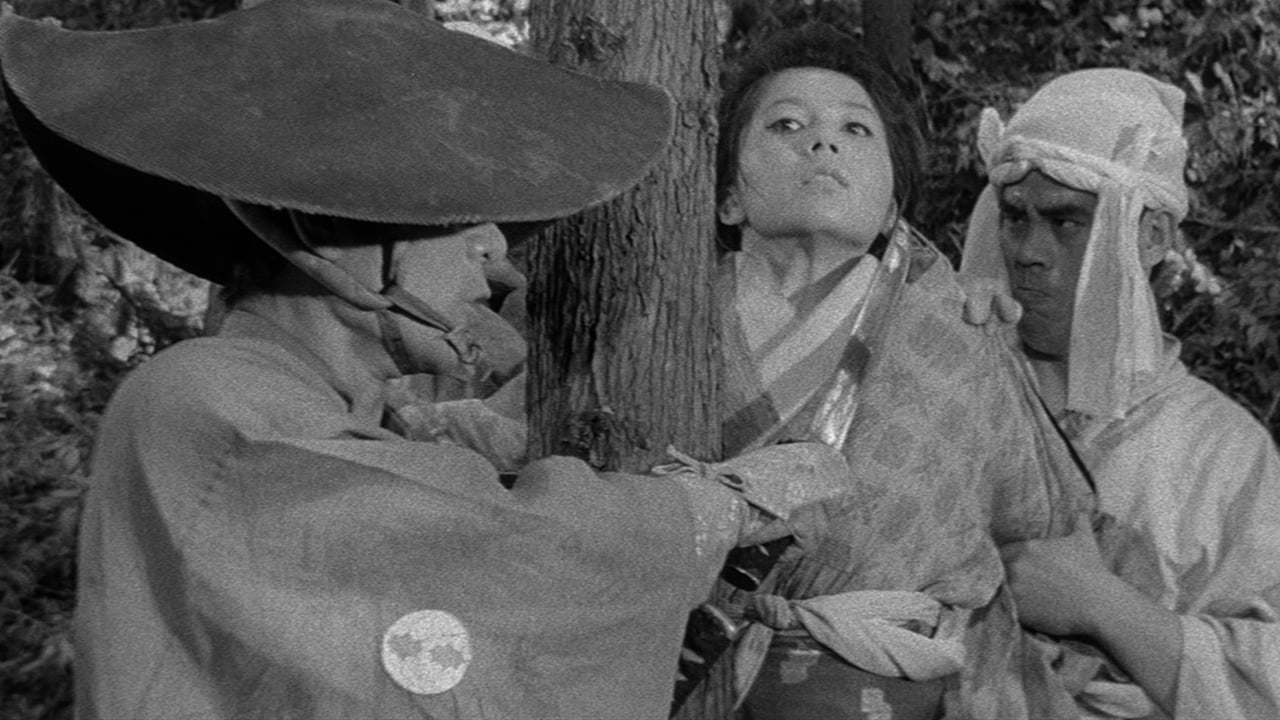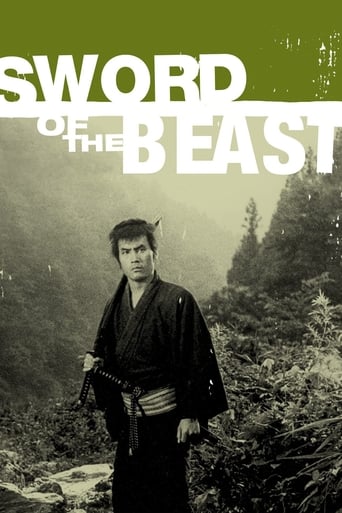



Worth seeing just to witness how winsome it is.
It's the kind of movie you'll want to see a second time with someone who hasn't seen it yet, to remember what it was like to watch it for the first time.
View MoreThis is one of the best movies I’ve seen in a very long time. You have to go and see this on the big screen.
View MoreGreat movie. Not sure what people expected but I found it highly entertaining.
View MoreThe plot of this film with all its brilliantly weaved in subplots, is as fresh as it was on release simply for its varied human emotions involved.It is brilliantly constructed plot for its masterful simplicity and coherence.I beg to differ with the previous review that the plot is complicated.It has been masterfully shot by Toshitada Tsuchiya.Though not as exclusively done in Hara Kiri, the issue of the insurmountable Samurai-pride is touched upon and exposed for its obvious conflict with human values and frailties.The universal theme of power-centers exploiting desperate individuals for its ends and expending with them once the latter serve out the former's purpose is explored in this film.The theme of the ever-resillient individuals faced with debilitating order and the need to escape the same to be free and alive is the principal theme of this film. Even in its length the film is just one and a half hours.It is so good one would wish it were longer!! This film is highly recommended for anyone interested in films, along with Samurai-drama fans and those who appreciate good cinematography. Definitely a classic.
View MoreThis early Hideo Gosha jidai-geki that was released by Criterion opens quite abruptly with a ronin named Gennosuke being hunted down for having killed his clan's counsellor. We're at 1857, on the brink of the Meiji reformation that saw Japan opening to the west after years of seclusion and the fall of the Tokugawa Shogunate. The central plot revolves around the struggle between the old and new in a country on the verge of change. Although short in duration (clocking in at 85 minutes), the story never lets up with numerous twists and a fast pace. A series of events will find Gennosuke and a prospector he meets along the way searching for gold in a mountain, until they get caught up in another clan's schemes. Nothing is what it seems though, and therein lies the beauty of Sword of the Beast. As the story progresses both forwards and backwards (with glimpses in Gennosuke's past in the form of flashbacks), the characters' motives are fully fleshed out and this provides the extra dramatic oomph that pushes Sword of the Beast above "merely OK" territory. Behind all the swordfighting (and there's enough of it to be enjoyed here, certainly not Lone Wolf and Cub though), Gosha has a story to communicate. With beautiful natural exteriors photographed in stark black and white, confident directing from Gosha, very good swordfighting scenes from actors who know their trade and decent performances all around, Sword of the Beast should appeal to all jidai-geki fans. It's neither as monolithic and tragic as Masaki Kobayashi's work from the same time nor as lyrical as Kurosawa's, but it stands somewhere in the middle, stripped to the essentials with a focus on story and theme.
View MoreOn the surface this may seem like a typical samurai action flick but like Kurosawa and Kobyashi films there are many social implications beneath the surface.The movie seems to revolve around the irony that while Gennosuke, the main character who is basically cast out of society in to the wild and forced to constantly fight for his survival like an animal, is actually the only character that tries to show any qualities above that of a beast.Every other character from a group of bandits he encounters to the group of clansmen trying to exact revenge after Gennosuke killed their leader, to a man and his wife from a separate clan trying to steal gold to improve their clan status are either acting for revenge, power, or greed. The greed exists because most of the movie takes place around a mountain where gold has just been discovered and Gennosuke is befriended by a poor man hoping to find some for himself.Throughout the movie there is constant backstabbing, deception, and generally brutal acts committed by a multitude of these characters. For instance the man from a separate clan living with his wife on a shack by the river are attacked by bandits in the woods trying to steal the gold they have already mined; they hold the wife hostage in demand for his booty but the man would rather give up his wife then part with his gold. Her saving grace is when Gennosuke shows up on the the scene and acts with the courage and compassion to save her life. The husband does come around a little later in the movie but in the end his rival clan plans to kill everyone on the mountain and save the gold for themselves threatening the couple, Gennosuke, and his persuers.Gosha does a great job with his imagery, demonstrating a wild, dark world threatening to swallow humans whole. Throughout the film, which is almost all outdoors are scenes of men disappearing into woods or buried beneath shrubbery. In fact, it's quite reminiscent of another Japanese Classic, Rashamon. Some of the shots are virtually identical, ie the sun being concealed over the forest canopy or disappearing behind a mountain.One of the best touches is towards the end when soldiers from the rival clan are planning to take the mountain, and kill anyone who knows about the gold. One of them sounds a battle horn to signal the approach, a battle horn made to sound conspicuously like some kind of strange animal call.
View MoreThis is Gosha's first or second movie he made in his carrer, after watching his other great movies like goyokin and tenchu, I said what the hell might as well get his other movies, this movie has an exeptional plot and has some great sword fights, especially in the abandoned hut, when the two main characters started going at it...PS: his other movie that I really like was three outlaw samurai..
View More